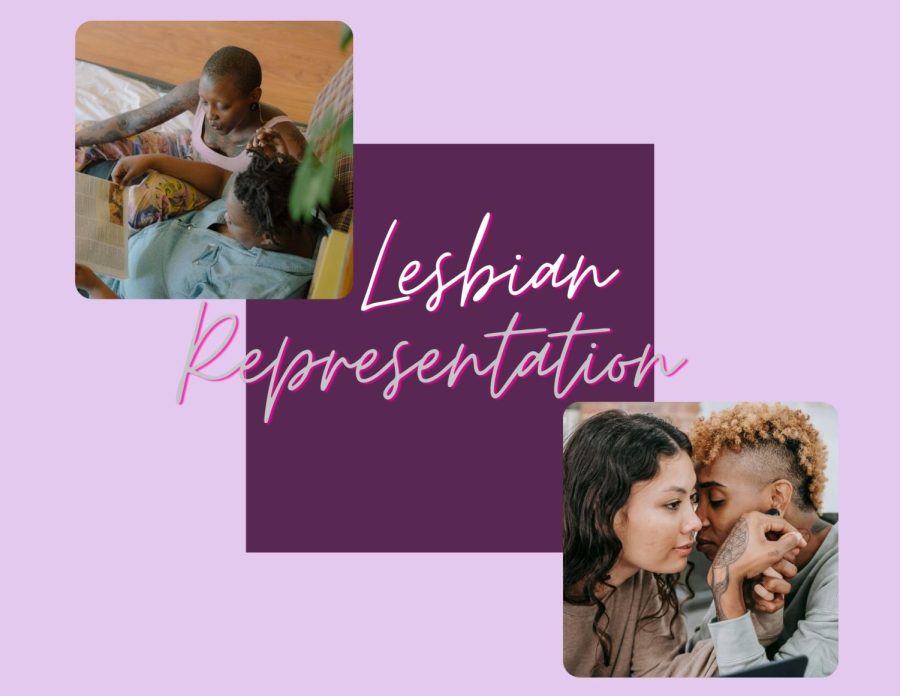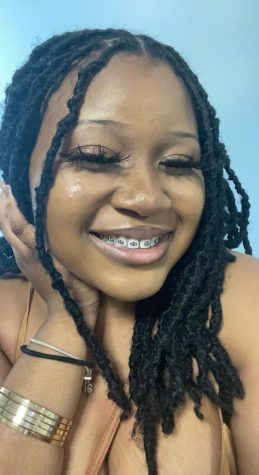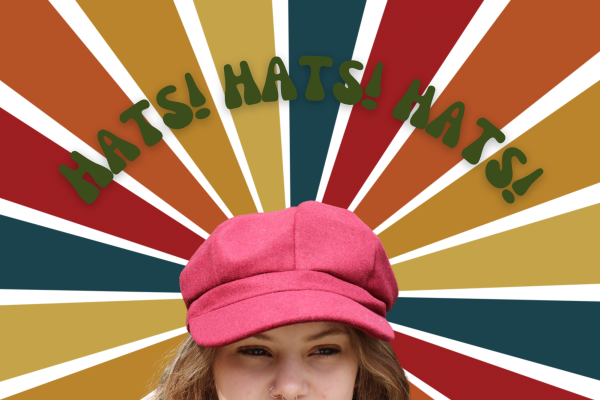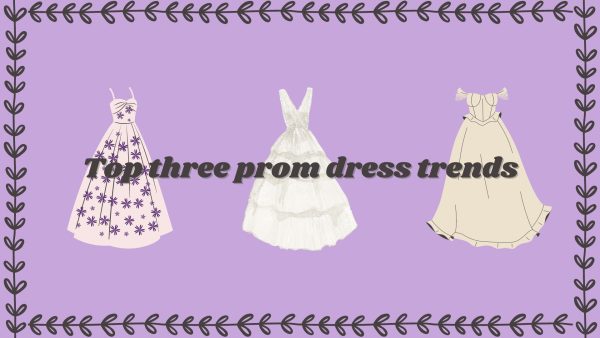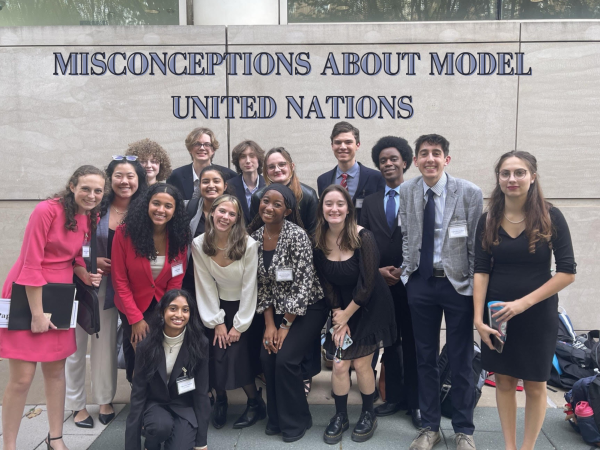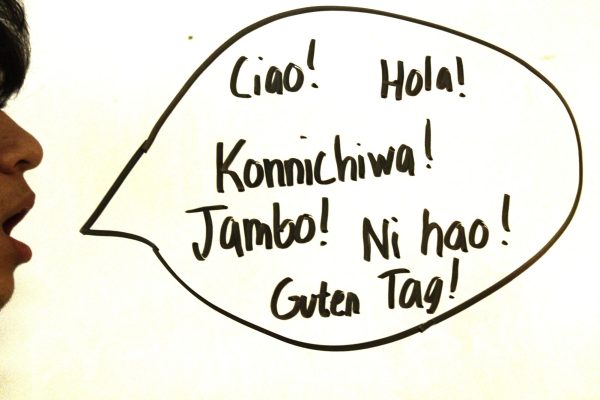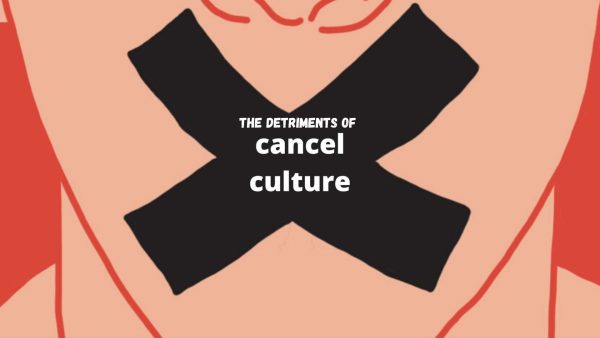“Where’s our fairytale?”
Stories around Black and POC love have begun to branch out beyond the socioeconomic struggles within communities and now focus more on the beauty within love itself. However, within love comes sexuality, and lesbian stories desperately need to catch up with the times
March 11, 2022
Written literature and film dominate the imagination of Western societies and cultivate the need to advance the reality everyone lives in. “Romeo and Juliet” practically sing from the rooftops about the beauty of love and how families should place their differences aside to promote such a beautiful emotion. Kissing a lover in the rain makes couples feel indistinguishable from Noah and Allie in “The Notebook”. Humans hold a grand fascination with the concept of love while sprinkling its values into everything near and dear.
The sheer diversity of love remains the one factor most important of all. Each piece within the LGBT+ acronym holds its own reverence within the media and reacts accordingly. All except for one: lesbians.
Sappho’s poetry, “Stone Butch Blues” and “Fried Green Tomatoes at the Whistle Stop Cafe” all embody a key factor that stands out like a sore thumb in other literary love stories: a lack of BIPOC inclusivity.
“Being woman-loving-woman and a person of color is actually pretty difficult to deal with in life. You have to wonder if people will like you because you’re not white. It’s so much easier for straight couples to work than gay couples, and it feels like you can never find that love you dreamed of that straight couples can have,” magnet junior Michelle Nganga said.
Western media’s infamous “representation” of non-white, non-cisgender straight people has starred in plenty of novels, academic studies and blog posts over decades. Nevertheless, the evidently-lacking content catered to this particular demographic becomes increasingly disgusting. Lesbians continue to struggle with their identity, especially young ones. Additionally, the beauty standards for lesbians and expectations from a lesbian relationship feel archaic, with dozens dreaming of a lolita-like partner, an expectation that black and other POC cannot meet. Especially with certain racially marginalized communities, novels and movies could potentially become the only outlet for expression. Society deems queer kids insignificant and within a culture that demonizes them as appalling. The cherry on top of this spiral persists that “The Color Purple”, the most famous black lesbian fiction, entails a young black woman enduring horrific abuse.
“The associations [stereotypes surrounding BIPOC and WLW] are all with women–white women. Dainty and delicate and Aryan. Cottagecore and lavender don’t stand for us, it stands for them. It’s soul-crushing,” novelist Kara Ireland said.
However, young queer novelists and filmmakers continue to expand the canon within their communities, providing the representation and solidarity that blossoms every day.
“I want to become part of that forefront. The culture is different now, the experience of writing is different now. I used to write fanfiction…being an author sharing stories of real love, of black queer love is my dream, it’s my end goal. I want to be what I didn’t have, I want to provide and build, because if I don’t do it, who will,” Ireland said.




